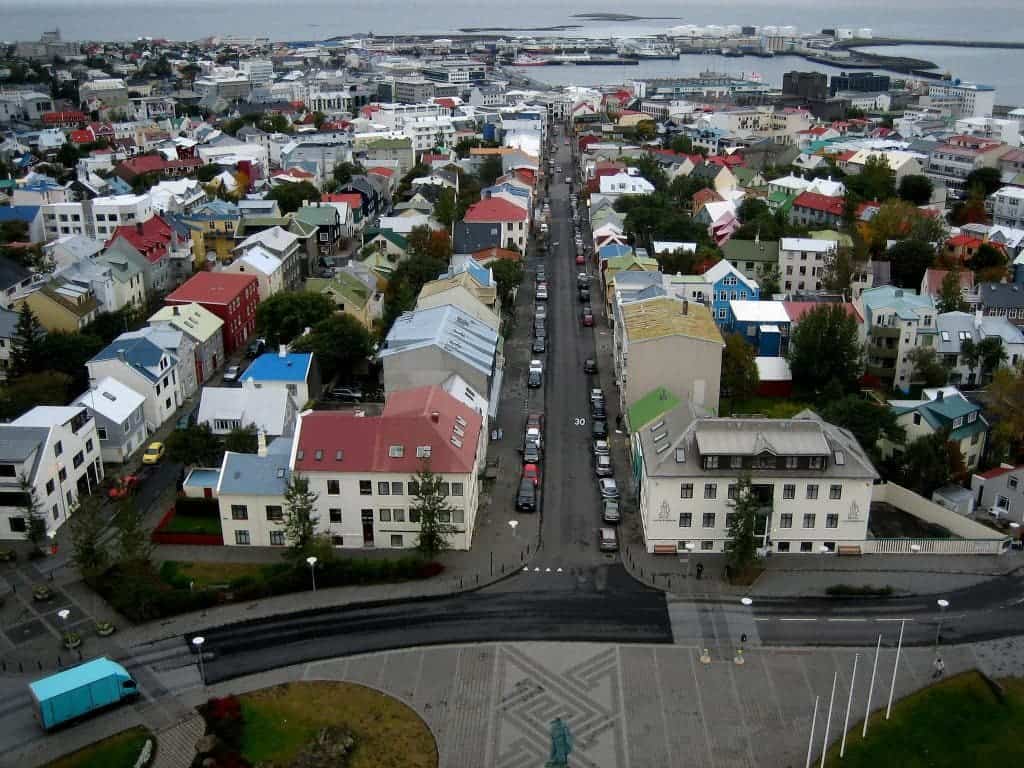
Among the many things the coronavirus pandemic has affected, our work-life balance has also taken a hit. Most people are simultaneously working from home while doing their day-to-day activities, with many reporting they actually work more than they did before the pandemic struck in 2020, which leaves many feeling burnt out and stressed — but also unwilling to return to the office.
This has raised discussions over a four-day working week as a way to increase productivity while improving the mental health of workers. For Iceland, this isn’t something new. The country did two large-scale trials of shorter working hours from 2015 to 2019, with workers moving from 40-hour to a 35-hour week with no pay cut.
Now, a report has looked at the results of this massive trial, which the researchers are describing as an overwhelming success. More than 1% of the country’s population participated in the program, with participants reporting boosted productivity and wellbeing. The results have made ripples throughout the small country, as trade unions already have started to negotiate reduced working hours as a result of the program.
Iceland, much like Sweden, Norway, Denmark, and Finland, provides a generous social safety net for its citizens. It boasts an advanced economy, a quality healthcare system, and ranks highly for income equality. However, in marked difference to its neighbours, Icelandic citizens are nevertheless faced with particularly long working hours.
Four is better than five
The first trial, done between 2014 and 2019 in Reykjavík, including childcare and service workers as well as staff in care homes. The second one, carried out between 2017 and 2021, included civil servants from multiple national government agencies. Their roles covered both traditional nine to five hours and irregular shift patterns.
The well-being of the workers who participated in the trial improved dramatically across a range of indicators, according to the study, done by the think tank Autonomy in the UK and the Association for Sustainability and Democracy (Alda) in Iceland. There was no loss of productivity or quality of service provided. People were outputting just as much work but were feeling much better about it.
In fact, workers were encouraged to be more efficient by reducing meeting time, reorganizing their schedules, and improving communication between departments. Perceived levels of stress and burnout fell in many cases, with employees saying they felt more positive and happier whilst at work due to the trial.
The participants also said that reduced hours meant they could spend more time exercising and socializing which in some cases had an impact on their in-work performance. Many also noted that work and home life were in better harmony, and this effect was sustained a year into the trial – reporting less conflict between work and home life.
“The Icelandic shorter working week journey tells us that not only is it possible to work less in modern times, but that progressive change is possible too,” Gudmundur D. Haraldsson, a researcher at Alda, said in a statement. “Our roadmap to a shorter working week in the public sector should be of interest to anyone who wishes to see working hours reduced.”
While groundbreaking due to its results and the number of people involved, the idea of a shorter work week goes beyond Island. Spain is now starting a pilot by giving incentives to companies, members of parliament are discussing it in Japan and companies are implementing flexible working systems, such as Microsoft.
But not every experiment on fewer working hours has been successful. State employees in Utah began working from Monday to Thursday for 10 hours in 2008, hoping to cut down operating costs such as air conditioning and electricity. But it all ended in 2011 when Governor Gary Herbert vetoed the legislation after concluding the savings weren’t significant.
Ultimately, there’s nothing inherently superior about the five-day week the world seems to have agreed on. As more trials are carried out, a clearer picture will hopefully emerge, showing whether a shorter work week really does have a positive impact for employees (and/or businesses).


